Companion Planting Maximizing Garden Yield and Health
Companion planting gardening is done by growing different types of plants side by side. We can pair certain plants to improve crop health and save pesticides and fertilizers. On pairing, some plants grow together, benefiting each other. One more name for companion planting is Intercropping.
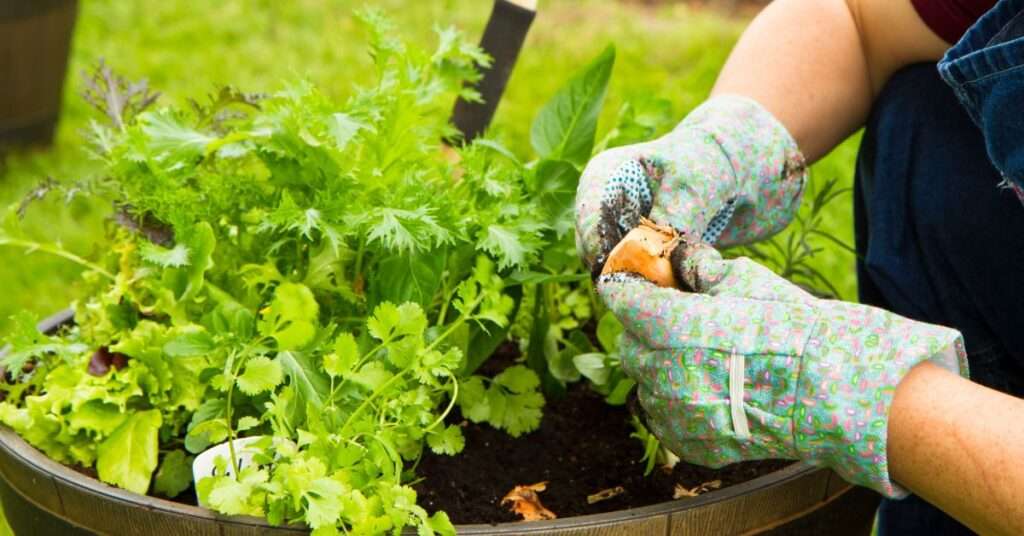
One of the main profits of companion planting is in pest control. Some plant pairings can help keep away pests or attract beneficial insects that prey on harmful ones. For example, planting marigolds alongside tomatoes can help deter nematodes, while growing basil near tomatoes can add to their flavor and repel pests like aphids.
Better soil health is the other benefit of companion planting. Specific plant Combinations of specific plants help increase nutrient availability in the soil or suppress weeds, growing healthier plants and higher yields.
For example, planting nitrogen-fixing legumes like peas or beans at the side of heavy feeders like corn or squash can strengthen the soil with essential nutrients.
Maximize your garden’s potential companion planting practice; your garden will be exciting and fun.
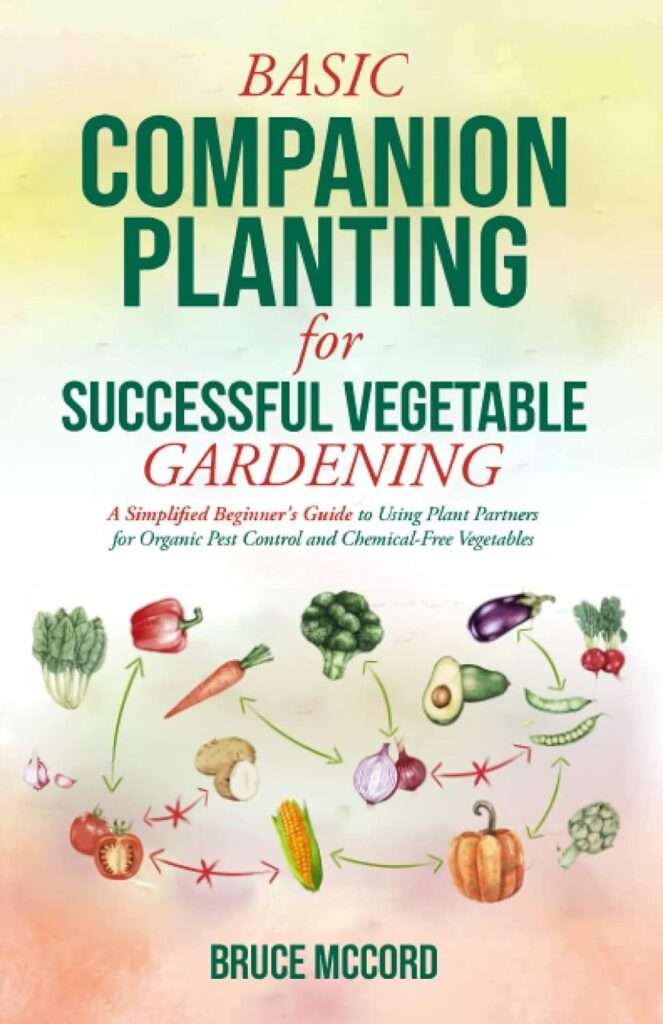
Experiment with different plant pairings, check the results, and find which combinations work best for your garden environment.
Companion Planting Maximizing Garden Yield and Health: How Certain Plants Benefit Each Other
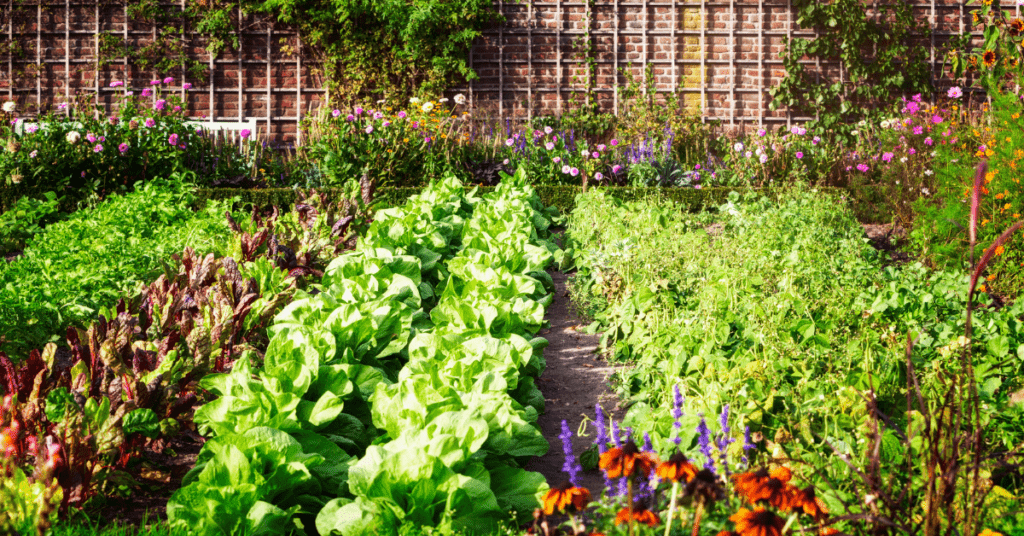
Companion planting is gardening with rooted in science. We must practice tactically planting different crops near each other to maximize their growth and health through beneficial plant relationships.
Systematic planting is essential in companion planting when certain plants work together to support each other’s growth.
For example, some plants can avoid pests harming their neighboring crops. In contrast, others can attract pollinators that are essential for the overall garden ecosystem.
Understanding by experience in companion planting allows gardeners to create amusing and productive plant combinations that benefit each other in various ways.
By harnessing the natural relationships, we can cultivate healthier plants and increase their yields organically.
Here are some Best Companion Planting Maximizing Garden Yield and Health
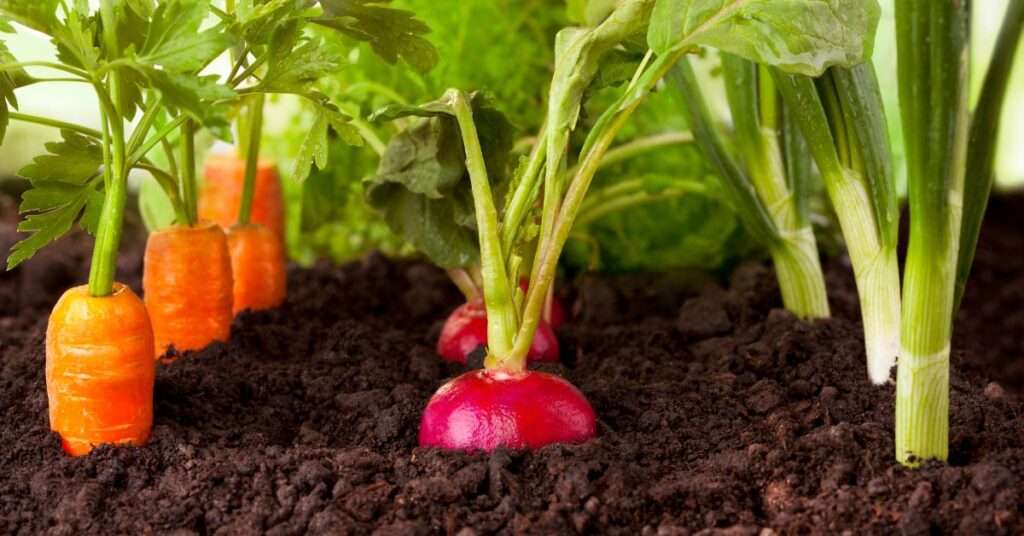
When it comes to enhancing one another’s flavors or guarding against common insect and disease issues, certain vegetable combos work wonders. Among these exceptional pairings:
Squash, pole beans, and corn: This combination, often called the “three sisters,” was initially created centuries ago by American Indians.
Climbing beans get upright support from the robust stems of corn. Pole beans, on the other hand, fix nitrogen in the soil, giving the three sisters vital nutrients.
Furthermore, the massive foliage of the earth-dwelling squash helps to shade the soil, hold onto moisture, and keep weeds away.
Sunflowers, pole beans, and cucumbers: The idea is the same as with the three sisters: cucumber vines cover the ground, while climbing pole beans are supported by sunflowers.
Think of basil and tomatoes as “best friends” in the garden. Basil repels thrips and messes with the tomato hornworm-causing moths’ routines.
Sage, together with cabbage or carrots. Both cabbage moths and carrot flies have been shown to be repelled by sage.
Tomatoes and parsley: Because parsley draws beneficial insects, harmful insects that feed on tomato plants are kept under control.
Read Feng Shui Tips for Harmonizing Your Home Environment
Here, I found some planting combinations for maximizing garden yield
| Vegetable Name | Plant With | Avoid Planting With |
| Asparagus | Basil, Tomato, Nasturtium, Parsley | Onion, Garlic, Potato |
| Beans | Carrot, Cabbage, Cauliflower, Cucumber | Chives, Leek, Garlic |
| Broad Beans | Brassicas, Carrot, Celery, Corn, Lettuce, Potato | Fennel |
| Beets | Brassicas, Lettuce, Onion, Sage | Bean (pole) |
| Broccoli | Celery, Chamomile, Dill, Rosemary, Marigold | Oregano, Strawberry |
| Brussel Sprouts | Potato, Thyme | Strawberry |
| Brinjal | Bean, Capsicum, Potato, Spinach | Kiwi, Figs, Pomegranate, Curry Leaves |
| Cabbage | Beetroot, Potato, Oregano, Sage | Strawberry, Tomato |
| Carrot | Bush Beans, Pole Beans, Lettuce, Onion, Pea, Radish, Tomato | Chives, Dill, Parsnip |
| Cauliflower | Beans, Celery, Oregano, Marigold | Nasturtium, Peas, Potato, Strawberry, Tomato |
You can find lot of combination charts on Google
Choose the best plant pairings for your vegetable garden at your convenience. Follow the plant pairing guide to create a thriving ecosystem that boosts yield and promotes overall garden health.
What is the meaning of companion crop?
It is just like plant pairing; a companion crop is a crop sown with another crop to gain some benefit in yield or crop protection from pests. A small grain may be seeded with the forage crop in feed production.
Mistakes to Avoid in Companion Planting: Common Pitfalls and How to Prevent Them
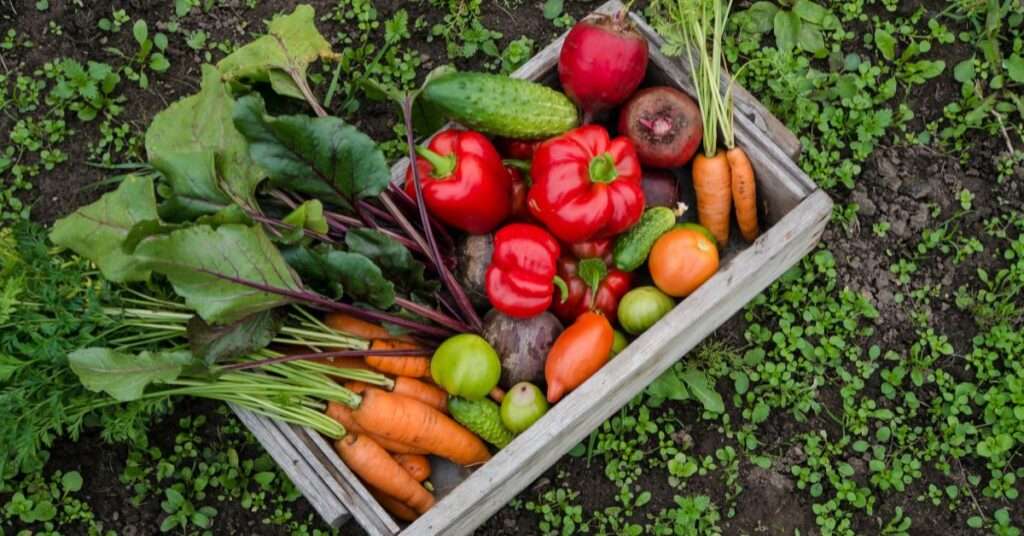
Planting different crops close to each other to reap the benefits of mutual support and pest control is the system in companion planting.
However, those gardeners typically need to correct when practicing companion planting.
One of the most common companion planting errors is failing to consider plant compatibility.
Some plants can inhibit the growth of others or attract pests, leading to poor crop yields.
To avoid these problems, research is necessary to know which plants work well together and which should be kept to one side to prevent the issues.
Overcrowding plants is another mistake we generally make. While maximizing space by planting as many crops as possible may be tempting over crowding can lead to competition for resources like sunlight, water, and nutrients. It can affect growth and reduce overall productivity in your garden.
Check the mistakes by being mindful of companion planting and taking proactive steps to prevent them. You can cultivate a lovely garden where your plants flourish and encourage one another’s expansion.
Conclusion: Carefully Considered Companion Planting Techniques Can Increase Your Garden’s Productivity and Health
Gardeners may increase output and improve the health of their gardens by carefully putting plants in companion plantings that complement one another.
Enhancing the ecosystem of your garden with companion planting is an organic and long-term solution. Knowing which plants complement one another will help you establish a balanced environment that encourages development and lowers the need for artificial fertilizers and pesticides.
Trying out different companion planting strategies can result in more vibrant gardens overall, healthier plants, and higher yields.



